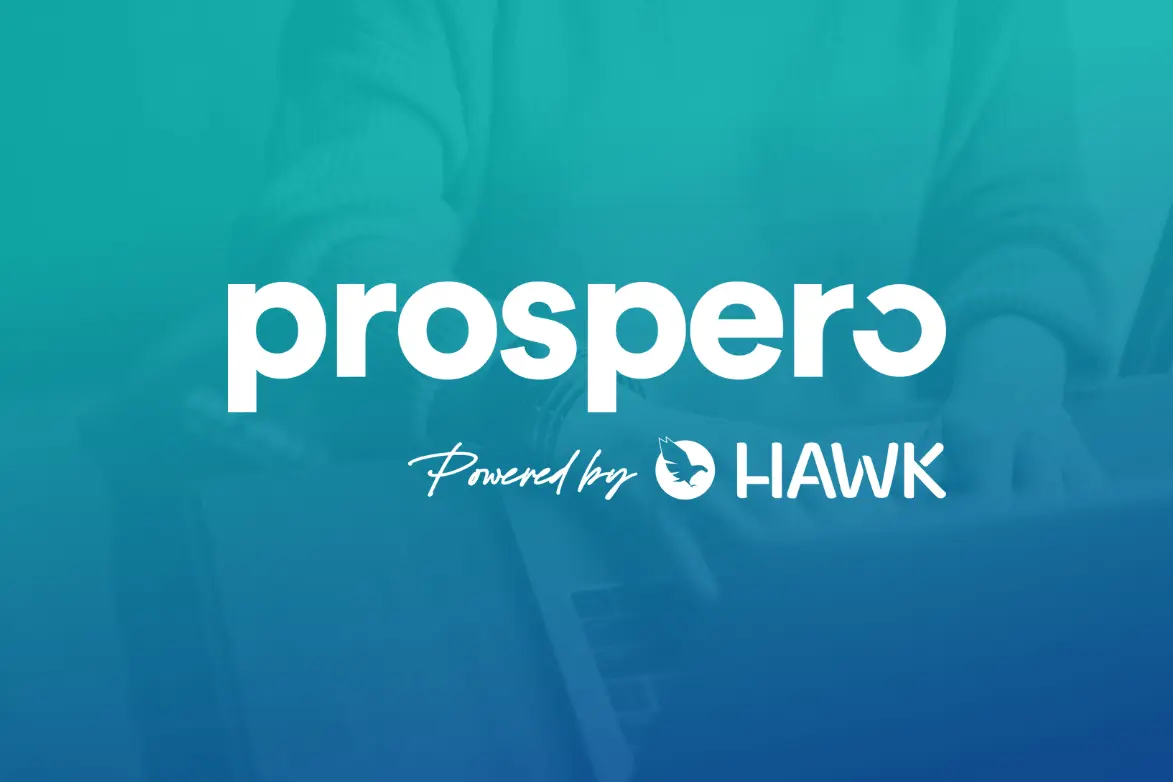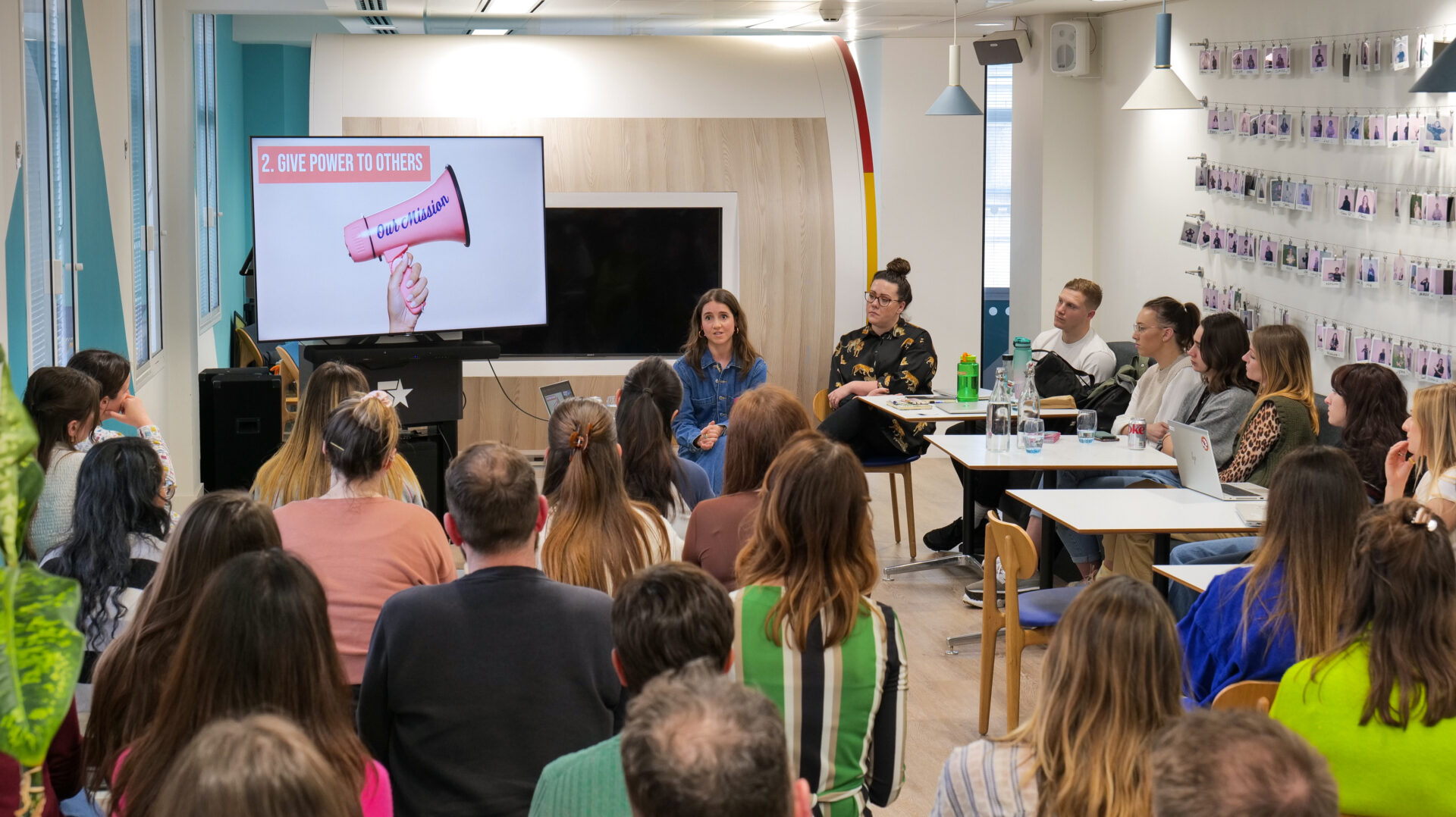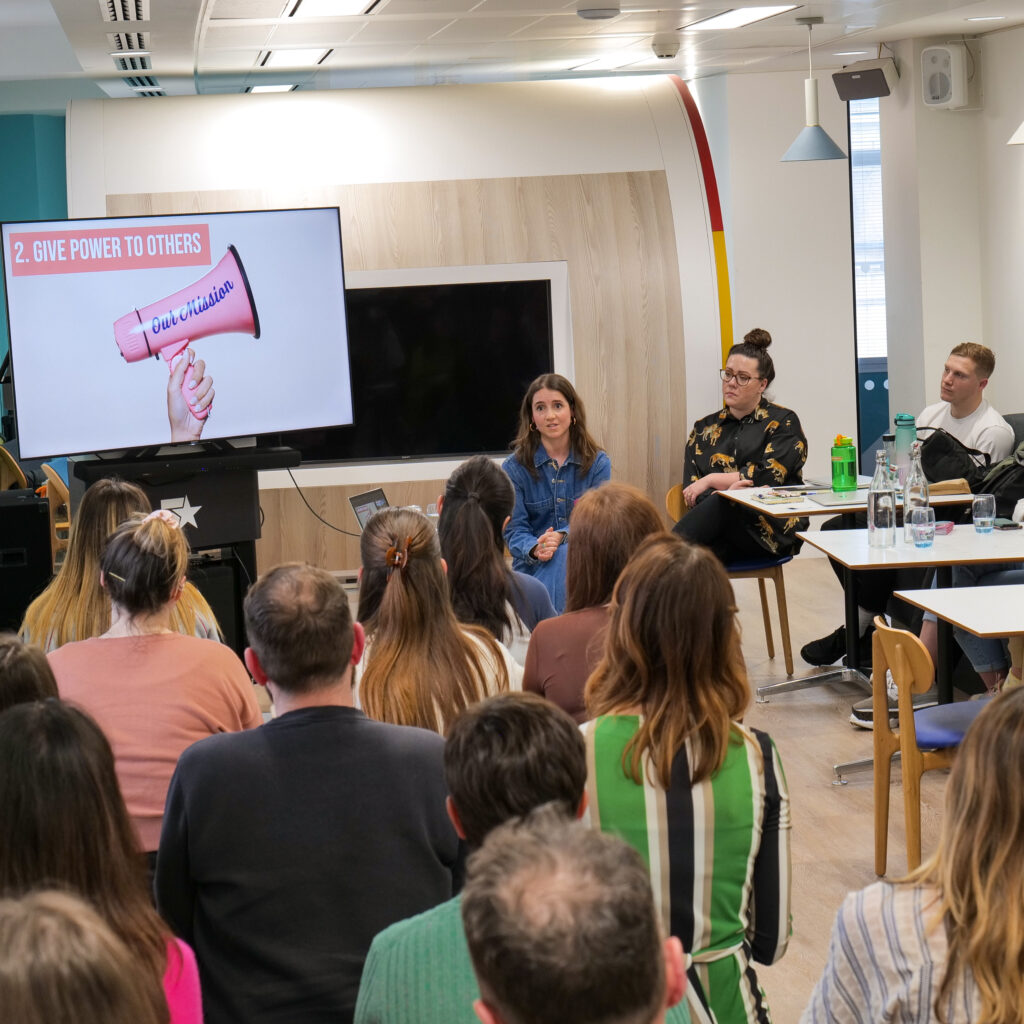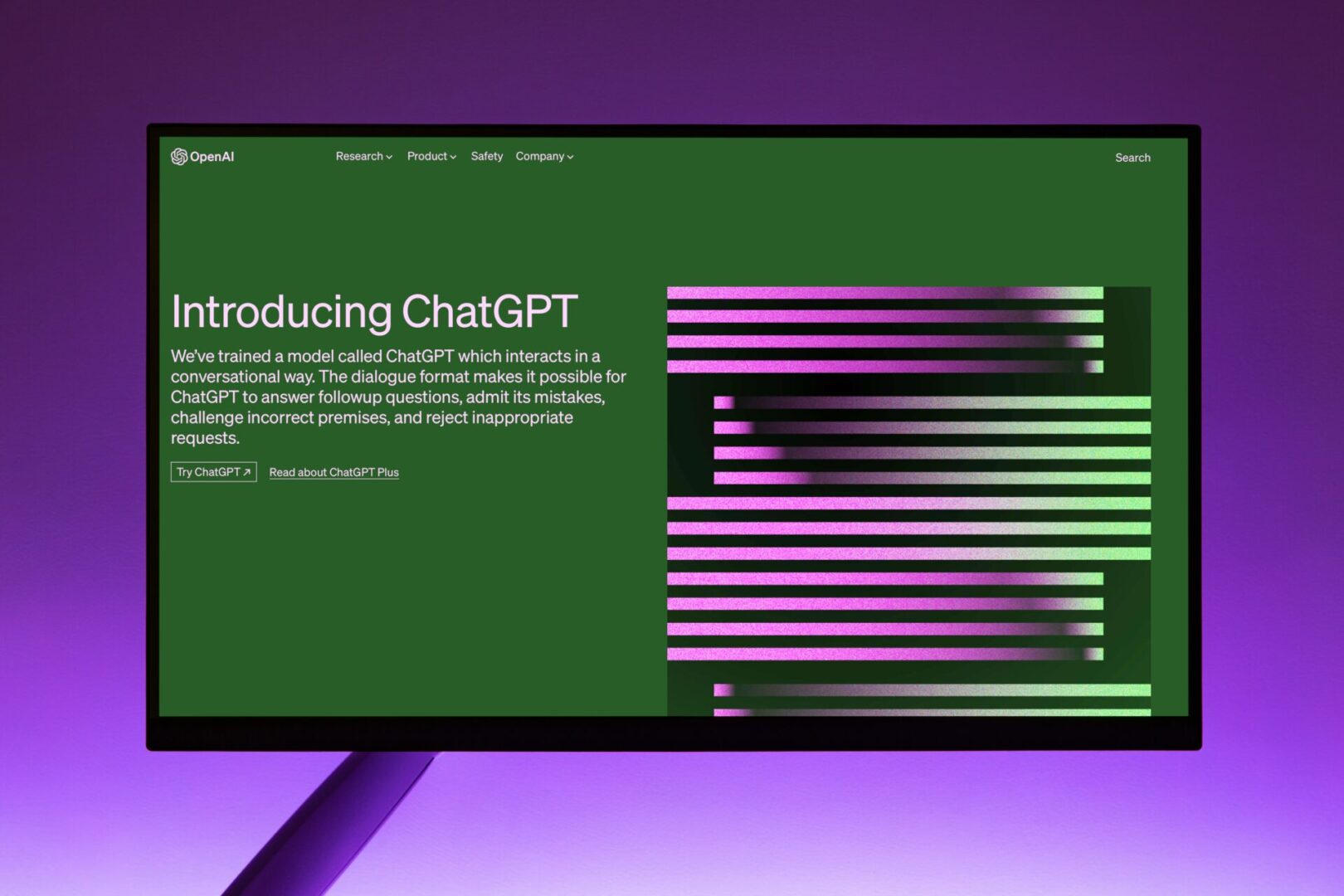
At the7stars, we are thrilled to unveil our latest offering – Prospero, a fully transparent programmatic trading solution designed to address the challenges faced by the industry. In a time where excessive technology, data, and management fees are prevalent, Prospero aims to revolutionise the way programmatic activation is approached.
According to the recent programmatic supply chain report by PwC, only a small fraction, £0.65p per pound, is spent on media, with even less allocated to high-quality publishers. We believe that this is far from satisfactory, which is why we have developed Prospero – a fully managed and transparent model that significantly reduces the proportion of your budget spent on unnecessary technology and data fees.
With Prospero, our focus is on investing the majority of your media spend in premium inventory within high-quality, impactful environments across various formats, including CTV, DOOH, Digital Audio, Digital Video, and Digital Display. We aim to maximise the effectiveness of your campaigns by ensuring your message reaches the right audience in the most engaging ways.
To achieve our vision, we have partnered with Hawk as our technology provider. Hawk has proven expertise in facilitating our approach to digital activation, emphasising full transparency, effectiveness, value, and trust. By collaborating with Hawk, we can deliver a seamless and streamlined experience for our clients, ensuring that the core values of Prospero are upheld.
Managing Prospero campaigns is an integrated team consisting of digital planners and programmatic activation specialists. This team brings together a wealth of expertise to provide strategic decision-making, including media supply selection, format recommendation, and audience application. Additionally, experienced programmatic traders execute and optimise campaign activities, ensuring that your campaigns deliver the desired results.
We are excited about the opportunities Prospero brings to our clients. By leveraging this transparent programmatic trading solution, you can expect greater control over your media spend, improved targeting capabilities, and a stronger presence in premium environments.
Stay tuned for more updates as we continue to innovate and provide solutions that drive success in the ever-evolving digital landscape.











Recent Comments